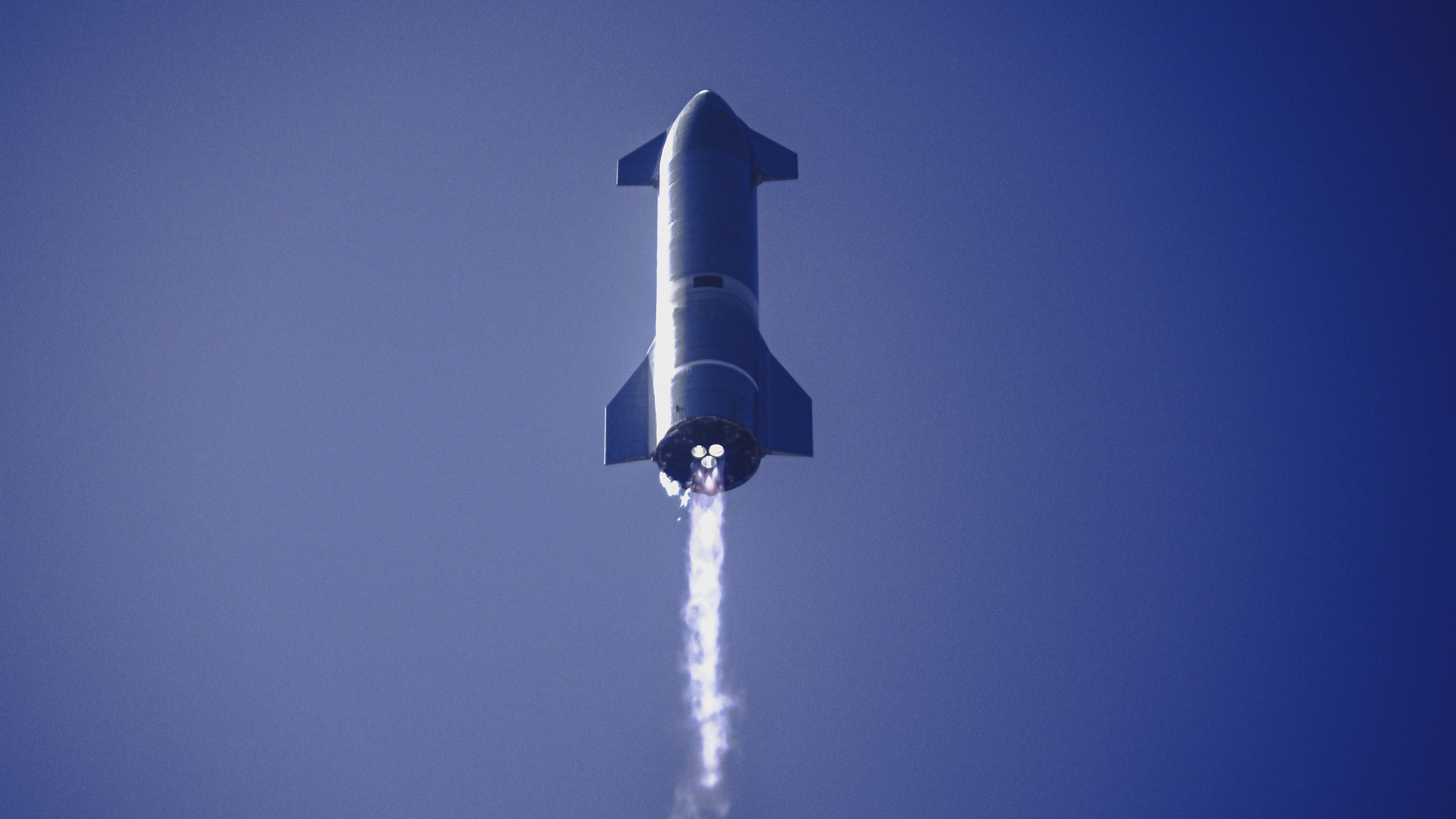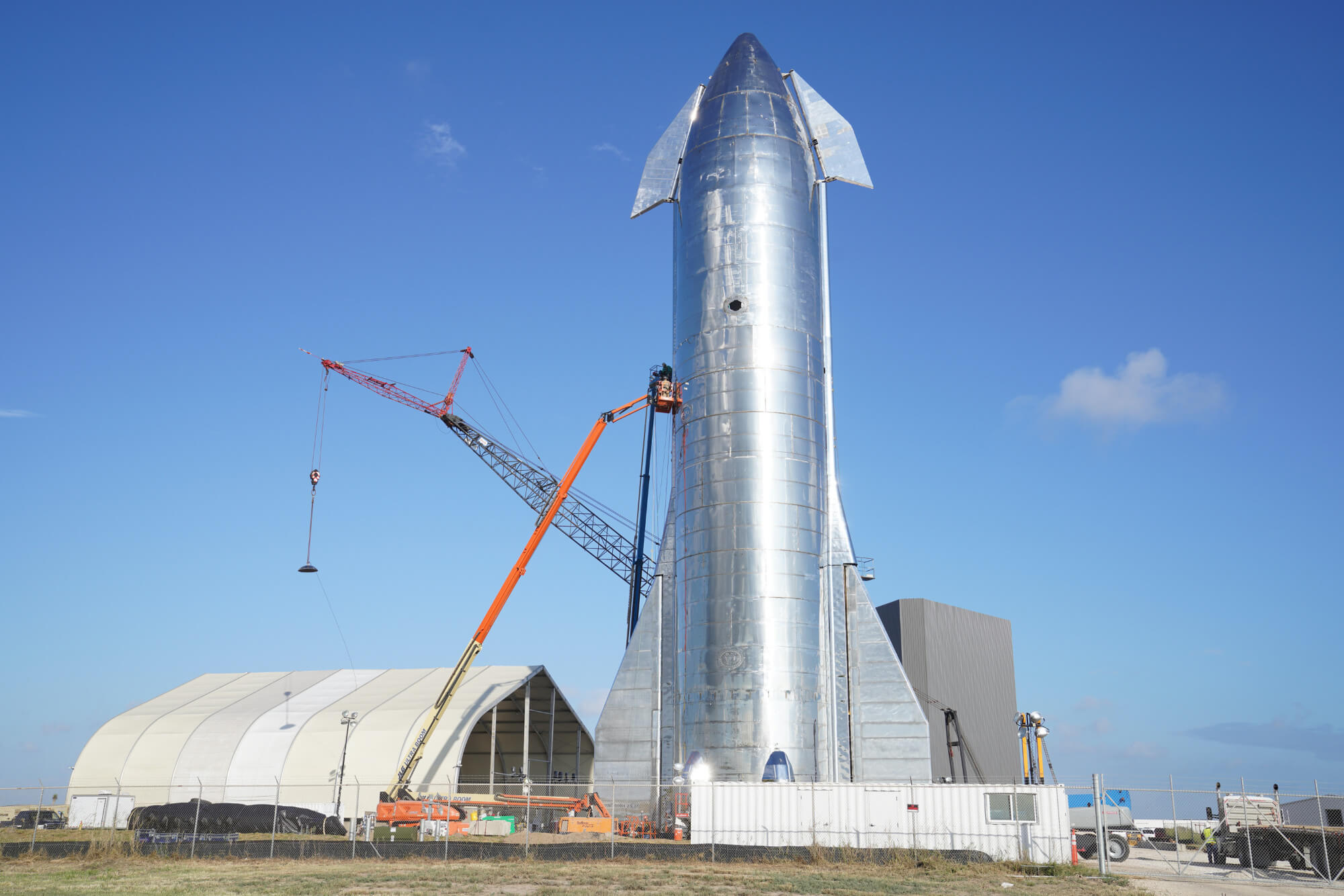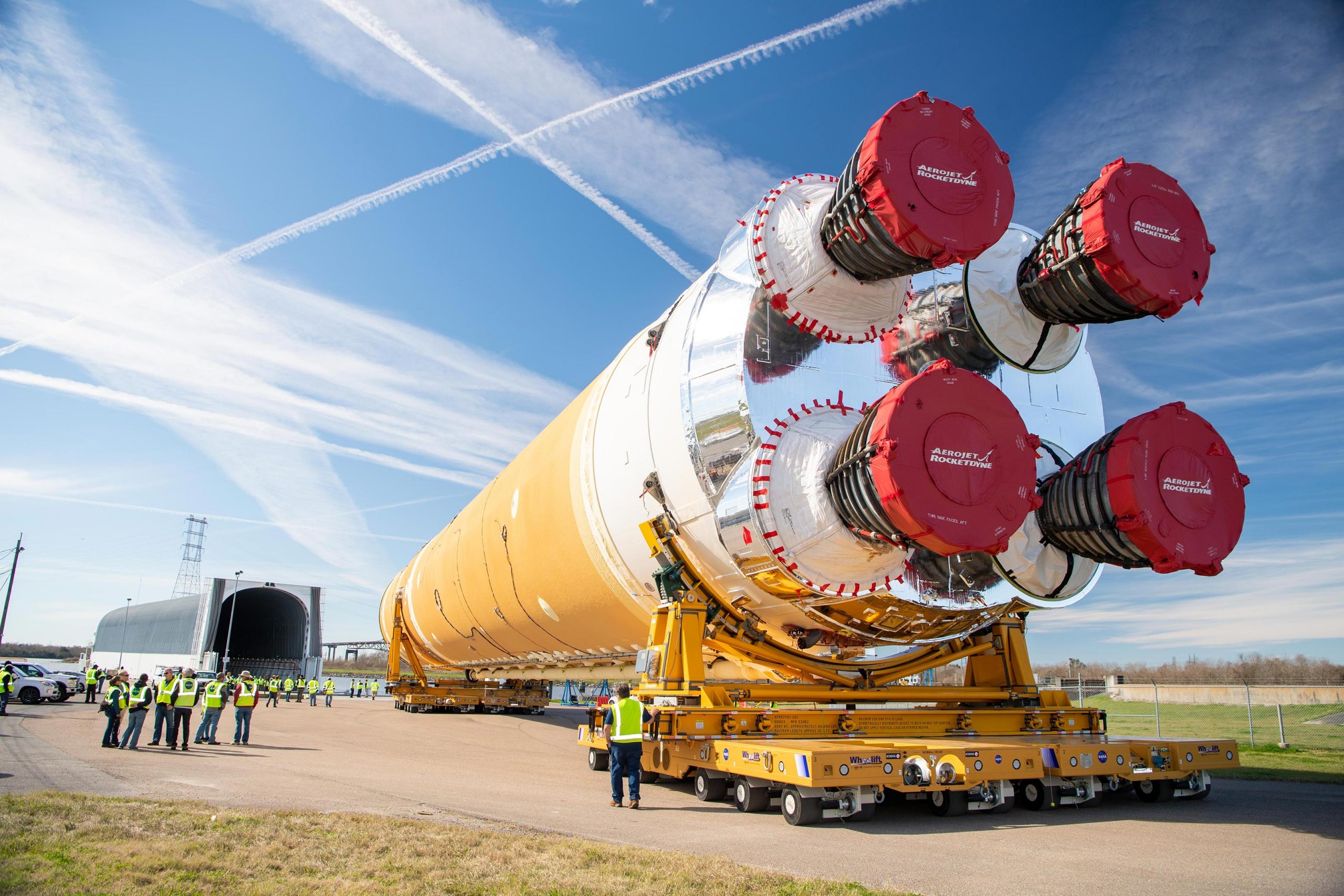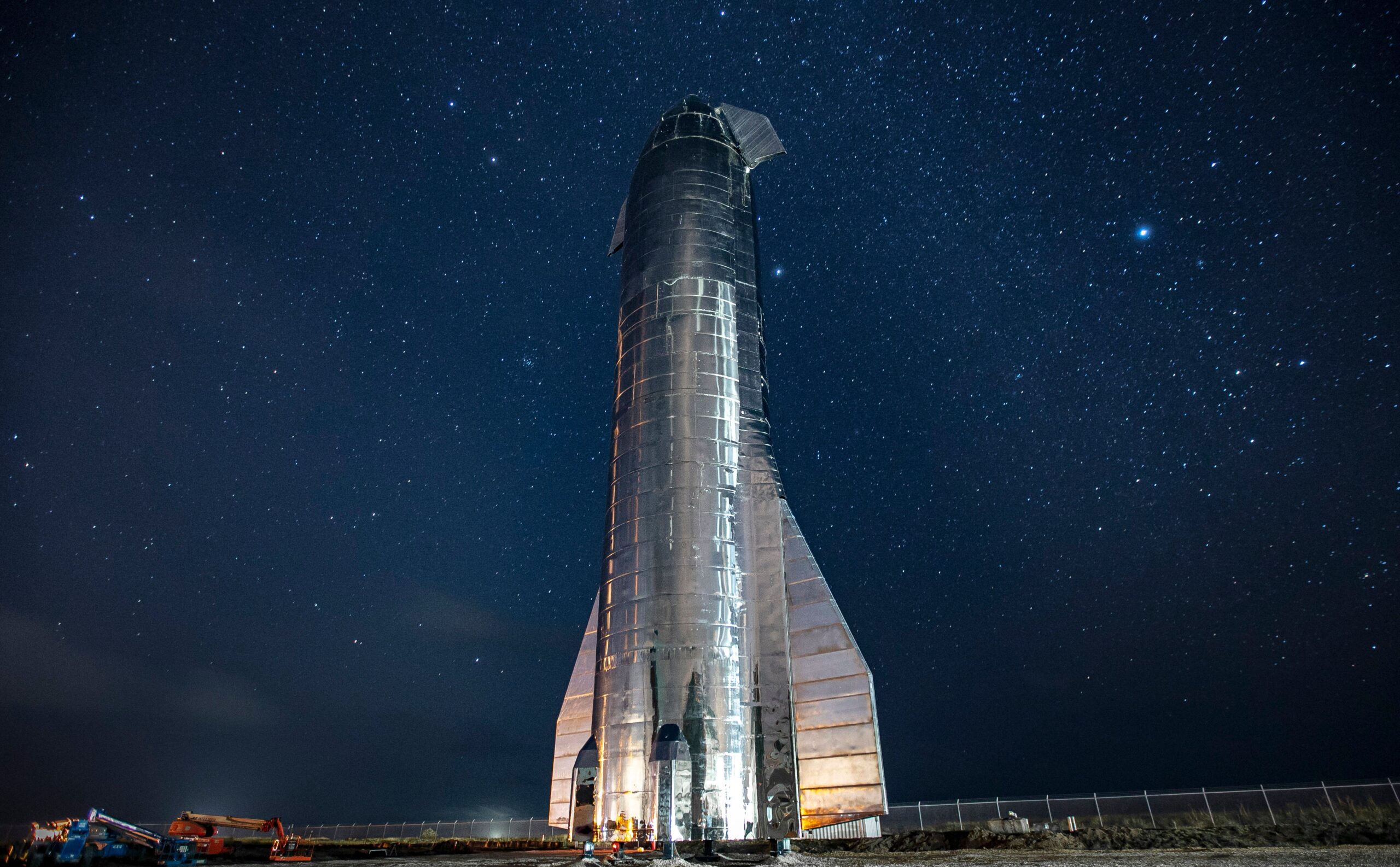
How SpaceX’s Starship Is So Cheap
With an estimated cost per launch of $2 million, Starship is aiming to be one of the most inexpensive rockets in the world. This low cost would allow SpaceX to constantly launch Starship. With the future goal of producing and launching over 100 Starships in a year, it could completely change the space industry.
Starship’s construction material, manufacturing process, the goal of full reusability, and more, are exactly why it is expected to be so cost-effective. Each aspect plays a big part in lowering the overall cost per launch of Starship. However, SpaceX still has a long way to go before they can get each launch this cheap.
With other modern rockets having an estimated launch cost of around $2 billion, it becomes easy to see how special Starship is. If SpaceX ends up lowering the launch cost this significantly it is likely other companies and agencies around the world will take notice and do the same.
Reusability

One of the most important aspects of Starship that helps lower its cost is reusability. Starship is a fully reusable rocket. This means that both the first and second stages return to Earth and land safely in one piece. Rather than use the rocket once and never again, Starship is supposed to be capable of many launches. This obviously saves a lot of money as you don’t need to build a new rocket after each launch. Instead, all you have to do is check the rocket and make sure it’s ready for the next launch.
Elon when talking about reusability has made the comparison to commercial airplanes. “If aircraft were not reusable and you needed a new one for every flight, then each ticket would cost millions of dollars, at least. One way. And you’d need two for a two-way trip. And almost no one would be able to afford to fly. And that’s the situation with expendable rockets today.” If SpaceX is able to successfully build a reliable fully reusable rocket they will be one step closer to a very affordable cost per launch.
How Starship Is Different From Other Reusable Rockets
The thing about rockets is that just because they are reusable does not mean it’s guaranteed to be cheap. An example of this could be the Space Shuttle. Even though the Space Shuttle was only partially reusable, the reusable stage still ended up costing NASA a lot of time and money. On average each Space Shuttle launch cost around $500 million, with some getting as high as $1.64 billion.
While a decent amount of that money went towards the large fuel tank and boosters that were only used once, a lot of the money went into the replacement and refurbishment of the shuttle itself. One of the most expensive and timely parts was the process of fixing and replacing the heat shield. The heat shield had thousands of tiles, many of which were unique. After returning to Earth the process would begin of finding damaged tiles and then getting ahold of its specific replacement.
Starship on the other hand is planning something different for its heat shield. SpaceX is working on hexagonal heat shield tiles placed throughout over half of the Starship. The big difference is almost all of the tiles are exactly the same and very abundant. With the exception of some unique tiles around the fins, almost all of them are exactly the same. This will help Starship continue to launch and make replacements cheap and fast if needed.
Build Material
Another part of Starship that helps lower the cost is its build material. Starship is currently being made out of stainless steel. This steel has a lot of benefits including its low cost. When looking at the rest of the rocket industry, you see very expensive materials. Often times other rockets will use very expensive materials such as carbon composites. While they do a good job at offering high strength at a low weight, the compromise is their cost. Specifically, SpaceX is currently using 304L stainless steel on its Starship prototypes. Not only does it help with temperature resistance, but also is extremely abundant and cheap to get ahold of.
Production Process

Starship’s production process is also unique and helps keeps costs down. As I mentioned before SpaceX is using stainless steel as the main material. Starbase often receives large shipments of stainless steel rolls. They then are moved towards the production tents and are turned into ring segments or nosecones. Compared to other rocket production processes this is extremely simple.
Rockets such as ULA’s upcoming Vulcan Centaur use a very complex and machined material. Specifically, they use a large machine to create an ortho grid in the wall of the material. SpaceX and Starship however are keeping it very simple. So simple that SpaceX even has a group of robots at Starbase with the job of welding segments of Starship. Once the segments are complete, they get stacked and welded again until you have a full starship segment. While there are other processes that go into making a Starship stack, these are the main ways that have helped reduce the cost.
Raptor Engines
With Starship planning on having close to 40 engines in a full-stack, SpaceX needs to make sure they are cost-effective. The Raptor engine is a next-generation engine that is being developed by SpaceX. Similar to Starship, the engine has and still is going through a lot of changes. SpaceX is working towards lowering its cost and increasing the thrust. When talking about Raptor Elon said in a tweet “Raptor V2.0 is a major improvement in simplication, while also increasing thrust from ~185 tons to ~230 tons. Long-term goal is engine cost below $1000/ton of thrust.” As SpaceX continues to innovate their Raptor engine, they are able to get the cost down and the thrust up. This is necessary if they want a large fleet of Starships in the future.
Comparison To Similar Size Rockets

The goal cost per launch of Starship is hard to believe when compared to other modern rockets. A good example is SLS. SLS, or Space Launch System, is NASA’s next big project. SLS is meant for the Artemis missions to put humans back on the Moon and set up a more permanent base. The biggest SLS variant is right around 110m tall and supposed to carry 130 tons into low Earth orbit. Despite its similar physical stats to Starship, SLS is estimated to cost $2 billion per launch. This helps put in perspective how monumental it would be if Starship could launch for $2 million. Keep in mind SLS is not an old rocket, it is currently in development and meant for future missions to the Moon.
Another rocket in development is the Vulcan Centaur. Standing at 61m tall it is supposed to be capable of bringing 30 tons into low Earth Orbit. Even with the much smaller size and cargo capabilities, it is still estimated to cost around $82 – 200 million per launch. The Vulcan Centaur is not reusable, uses highly machined and expensive materials, and is also going to use Blue Origin’s BE-4 engine. All these factors combine to create a high launch cost. When looking at other large heavy-lift rockets, Starship’s cost per launch goal is hard to believe.
Conclusion
Thanks to full reusability, stainless steel, the production process, Raptor engines, and more, Starship is on track to become one of the most powerful and cheapest rockets in the world. Each aspect helps lower the cost of Starship and improve its overall capabilities. If SpaceX is successful in finishing Starship and getting the launch cost this low, it will have a long-lasting effect on the rest of the space industry. It would be practically impossible to compete with launch costs as low as $2 million.
